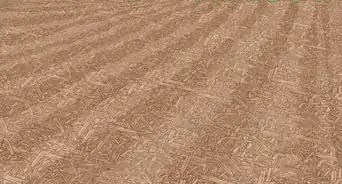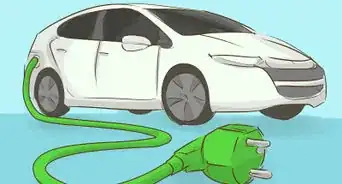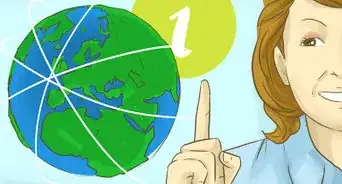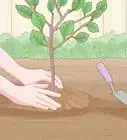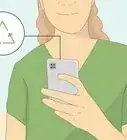This article was co-authored by wikiHow Staff. Our trained team of editors and researchers validate articles for accuracy and comprehensiveness. wikiHow's Content Management Team carefully monitors the work from our editorial staff to ensure that each article is backed by trusted research and meets our high quality standards.
There are 13 references cited in this article, which can be found at the bottom of the page.
wikiHow marks an article as reader-approved once it receives enough positive feedback. In this case, 85% of readers who voted found the article helpful, earning it our reader-approved status.
This article has been viewed 46,174 times.
Learn more...
Do you want to make the world a cleaner, safer, and better place? Keeping our rivers clean is crucial for maintaining our fresh water supply, protecting wildlife, and preserving the beauty of these natural wonders. If you are ready to roll up your sleeves and do some hands-on work, you can head to a river and pick up garbage. However, there are other ways to get involved without even stepping outside! Regardless of whether you want to help directly or indirectly, we’ve got you covered with everything you need to know about keeping our rivers and waterways clean.
Steps
Cleaning up Rivers Yourself
-
1Choose a location that is easy to access. Parks with rivers running through them are good options since you won’t have to worry about asking the land owner for permission to access it. However, make sure that you check with a park employee to see if they have any special guidelines for cleaning up the river.[1]
- Before you start your cleanup, you may want to visit the site and identify any major obstructions, such as a fallen tree or area with large rocks. This may be a good place to collect garbage since much of it will get stuck here.[2]
- Check the weather on the day that you plan to do your cleanup. If it is windy, raining, snowing, or very cold, then you might want to postpone your cleanup efforts for another day.[3]
-
2Bring garbage bags, sharps containers, and gloves. Most of the garbage you encounter will be safe to pick up with your bare hands and put in a plastic garbage bag, such as plastic bottles, chip bags, and other waste. However, you might encounter some items that you should not pick up with your bare hands, such as old car batteries, broken glass, or syringes. Wear thick gloves to pick up these items and place them into a sharps container.[4]
- Woven bags also work well for collecting trash that is in the water since the water will drain out of them.[5]
- You could also bring an old canoe to place larger pieces of trash into as you walk along a shallow portion of the river.[6]
- You can purchase a sharps container from an online medical supply store. You can also use an old detergent bottle as a sharps container. Just make sure to label it with “Sharps. Biohazard. Do Not Recycle.” Only fill the sharps container 2/3 full. Check with your local waste collection service about how to dispose of the container. They may have a special deposit box or mail-in method that you will need to use.[7]
Advertisement -
3Walk along the river and then back down to gather anything you missed. Start at 1 spot along the river and walk up as far as you can or are able to go. Pick up trash along the way and sort it into bags. If you fill a bag on your way up the river, seal it up and set it somewhere safe so that you can retrieve it later. Then, start filling another bag.[8]
- Try walking for 30 minutes in 1 direction and then you will have a 30-minute walk back so that you can check for any missed items and pick up full bags along the way.
Tip: Make sure to enjoy the sights as you clean up the river! After all, keeping rivers clean is about protecting the wildlife and beauty of these majestic waterways. It’s okay to stop and enjoy the scenery now and then.
-
4Keep trash and recyclables separate, if possible. You can sort items later, but keeping recyclables separate from waste will help to make it easier for you to deal with them later. Try using clear bags for recyclable waste and black bags for things that need to go to a landfill.[9]
- For example, you could place all the plastic bottles, plastic bags, and other plastic items into 1 clear bag, and fill another clear bag with glass items.
- Be sure to check with the recycling center to find out what they will accept and how it needs to be sorted before you go.
-
5Arrange for trash pickup or transport the trash yourself. You can ask a local waste disposal company if they would be willing to pick up the garbage for you, but be aware that they will likely charge a fee. The other option is to take the trash and recyclables to a landfill and recycling center yourself.[10]
- A pickup truck is a helpful tool for transporting trash. If you don’t own one, ask a friend to borrow theirs, or better yet, see if they’d like to join you for the cleanup.
Working with Others to Promote Clean Rivers
-
1Organize a river cleanup event in your area. The more people you have to help you out, the more trash you can collect! Choose a date and location for the river cleanup, then start promoting it. Ask friends and family members to join you, post flyers, tell your local news outlets, and share the information on social media.[11]
- You may also want to recruit people to help with the river cleanup by contacting kayak and fishing clubs. This may help you to find people who are skilled in navigating the river in a boat or kayak so that your cleanup also targets trash floating in the river.[12]
-
2Write to your government officials about installing a water wheel. Water wheels are solar powered and they filter the trash that is brought in by the river's current. A water wheel can remove thousands of pounds of trash from the river. If there is not already a water wheel filtering trash out of your river, write to your local government officials about the possibility of building one.[13]
Tip: You could also start an online petition to install a water wheel and share it with all of your friends.
-
3Support laws that promote clean rivers. The U.S. Clean Water Act of 1972 is part of the reason why some rivers in the U.S. are no longer polluted. The Cuyahoga River and the Potomac River were once extremely dangerous due to pollution. The Cuyahoga River even caught on fire at one point due to the chemicals in it. Supporting laws in your country that will protect the rivers is a great way to help keep them clean. Educate yourself on upcoming elections and vote if you are able.[14]
- For example, if you have the choice between 2 similar candidates and 1 proposes more stringent environmental policies, then that candidate will be more likely to protect the rivers.
-
4Raise funds for an organization that protects the rivers. Look into organizations that work to protect rivers in your country or region, such as American Rivers in the USA or the Vermont River Conservancy in Vermont. These organizations operate on donations and will likely have resources available if you would like to do a fundraiser for them. Check their websites to find out how you can help.[15]
- You could even do a social media fundraiser, such as on Facebook for your birthday, and ask that people donate to a river protection organization instead of giving you gifts.
Reducing River Pollution
-
1Don’t litter, and tell others not to litter as well. When you throw trash on the ground or in a smaller body of water, it may end up in a river. Always use proper waste receptacles and recycling bins to dispose of garbage. If you see someone littering, ask them to pick it up or pick it up for them. You might even let them know that it is important to throw garbage away properly or it will end up in our rivers, which threatens our water supply.[16]
- Try to be patient if you see someone littering. Keep in mind that although not littering may seem like an obvious thing to you, some people do not understand why it is a problem.
-
2Collect your grass clippings and yard waste. Leaving grass clippings and other yard waste in your lawn can result in it being washed into storm drains and ending up in a river. Grass clippings clog up waterways and they may also contain pesticides that will pollute the river. Collect your grass clippings and other yard waste in a pile for composting.[17]
- Make sure to collect your pet’s waste and dispose of it properly. Never wash it into a storm drain.[18]
-
3Dispose of household chemicals and unused medications properly. Pouring chemicals and old medications down drains may also pollute rivers. Instead, dispose of chemicals as instructed by the package and take old medications to drop off locations for proper disposal.[19]
- Your local pharmacy may accept old, unused medications at any time. Call to find out if they do.
-
4Avoid using pesticides in your garden. If you garden, then do not use chemical pesticides. These end up in the water system and contribute to river pollution. Instead, use organic gardening methods to keep pests at bay.[20]
- For example, you can make your own natural pesticides, use crop covers to protect vegetables from pests, or plant flowers and herbs that discourage pests.
-
5Wash your car on the lawn rather than on pavement. By washing your car on grass, you will prevent much of the runoff from getting into the storm drains and ending up in a river. The grass will filter the soap out of the water before it makes its ways to the storm drains.[21]
Tip: In general, unpaved surfaces are better for rivers since this allows the dirt and grass to filter other agents out of the water before it hits the storm drains. As a result, fewer chemicals and waste end up in rivers.[22]
-
6Keep your car in good repair to prevent runoff. If your car is leaking oil or fluids, these may run off into a storm drain and end up in a river. To prevent this, get regular maintenance for your car. If you notice that your car is leaking, fix the problem as soon as possible.[23]
- If your car is leaking, put a large piece of cardboard down under it. This will help to collect any fluid that leaks onto the ground until you can get your car fixed.
References
- ↑ https://createthegood.org/toolkit/clean-river
- ↑ https://www.youtube.com/watch?v=eXfa9mz-MoE&feature=youtu.be&t=162
- ↑ https://createthegood.org/toolkit/clean-river
- ↑ https://createthegood.org/toolkit/clean-river
- ↑ https://www.youtube.com/watch?v=eXfa9mz-MoE&feature=youtu.be&t=210
- ↑ https://www.youtube.com/watch?v=eXfa9mz-MoE&feature=youtu.be&t=215
- ↑ https://www.americanrivers.org/wp-content/uploads/2017/08/NRC-Waste-Disposal-Fact-Sheet_FINAL.pdf
- ↑ https://createthegood.org/toolkit/clean-river
- ↑ https://createthegood.org/toolkit/clean-river
- ↑ https://createthegood.org/toolkit/clean-river
- ↑ https://www.americanrivers.org/make-an-impact/national-river-cleanup/organizers/
- ↑ https://www.youtube.com/watch?v=eXfa9mz-MoE&feature=youtu.be&t=195
- ↑ https://www.youtube.com/watch?v=TxHZ7DBVBWA&feature=youtu.be&t=2
- ↑ https://www.americanrivers.org/rivers/discover-your-river/the-importance-of-the-cwa-to-protecting-your-rivers-clean-water/
- ↑ https://www.americanrivers.org/threats-solutions/protecting-rivers/
- ↑ https://greenerideal.com/news/environment/0621-7-ways-keep-lakes-rivers-clean/
- ↑ https://greenerideal.com/news/environment/0621-7-ways-keep-lakes-rivers-clean/
- ↑ https://www.cbf.org/join-us/more-things-you-can-do/14-things-you-can-do-to-clean.html
- ↑ https://greenerideal.com/news/environment/0621-7-ways-keep-lakes-rivers-clean/
- ↑ https://greenerideal.com/news/environment/0621-7-ways-keep-lakes-rivers-clean/
- ↑ https://www.dec.ny.gov/public/43661.html
- ↑ https://www.cbf.org/join-us/more-things-you-can-do/14-things-you-can-do-to-clean.html
- ↑ https://greenerideal.com/news/environment/0621-7-ways-keep-lakes-rivers-clean/
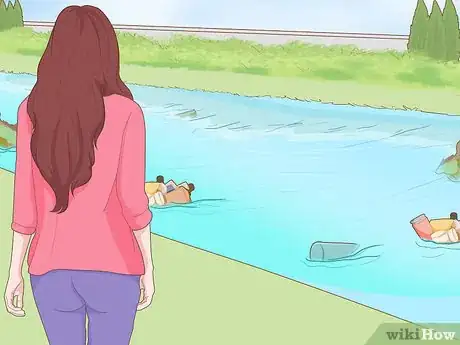
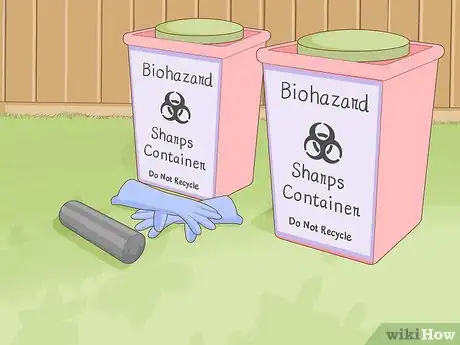
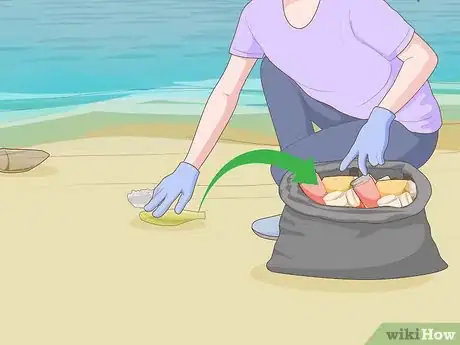
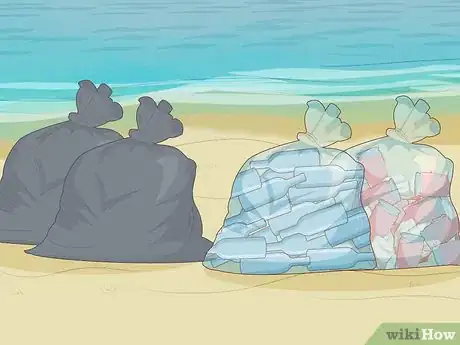
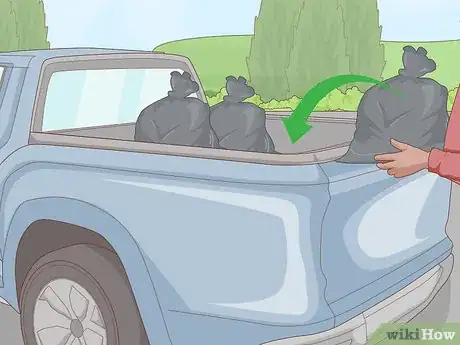
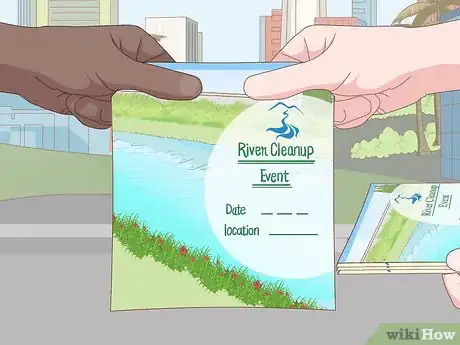
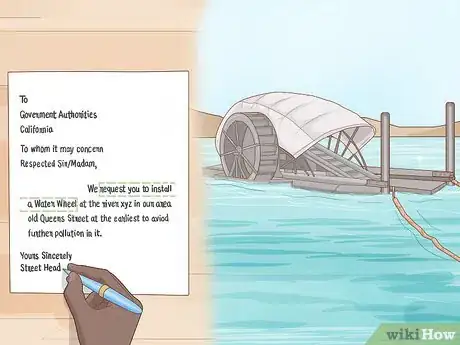
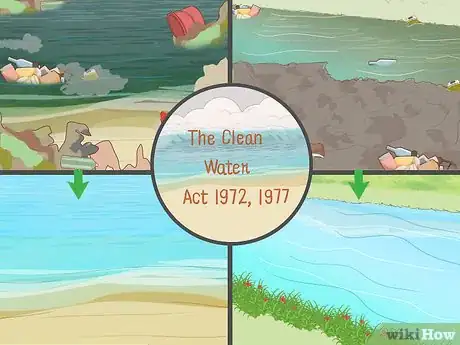
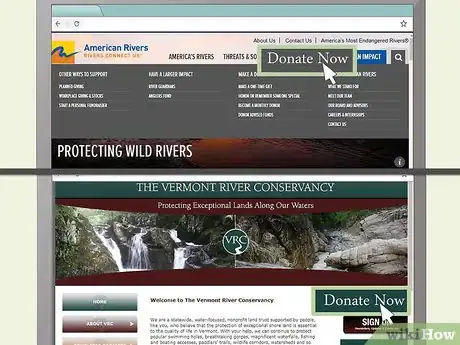
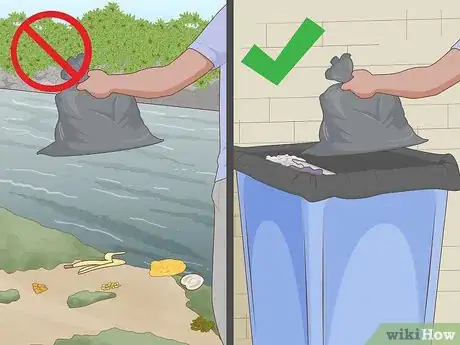
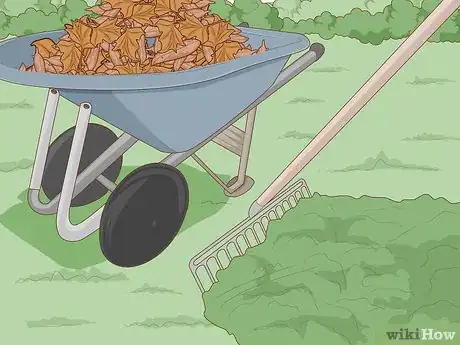
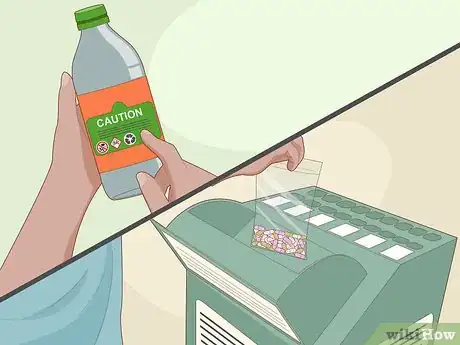
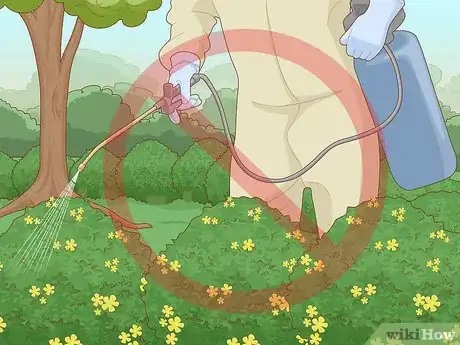
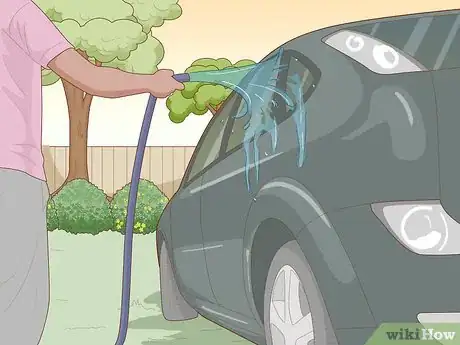
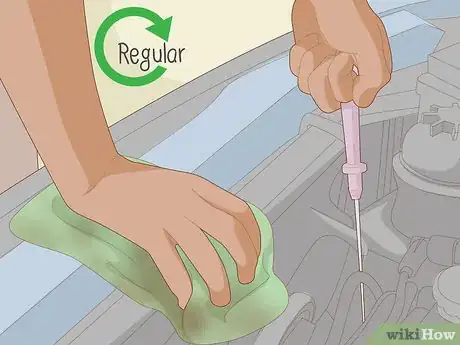

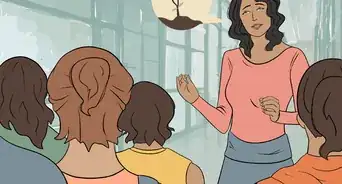
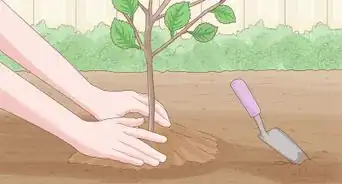
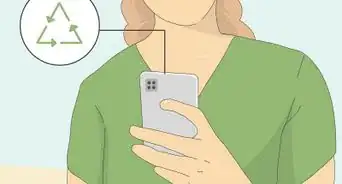

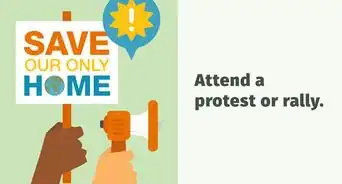
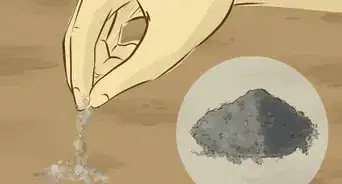
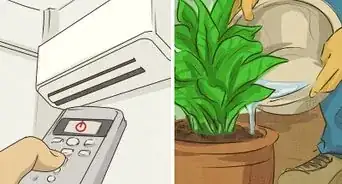
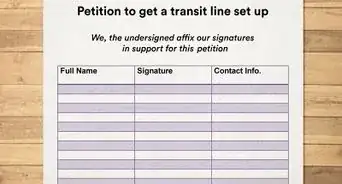
-Step-14-Version-6.webp)

